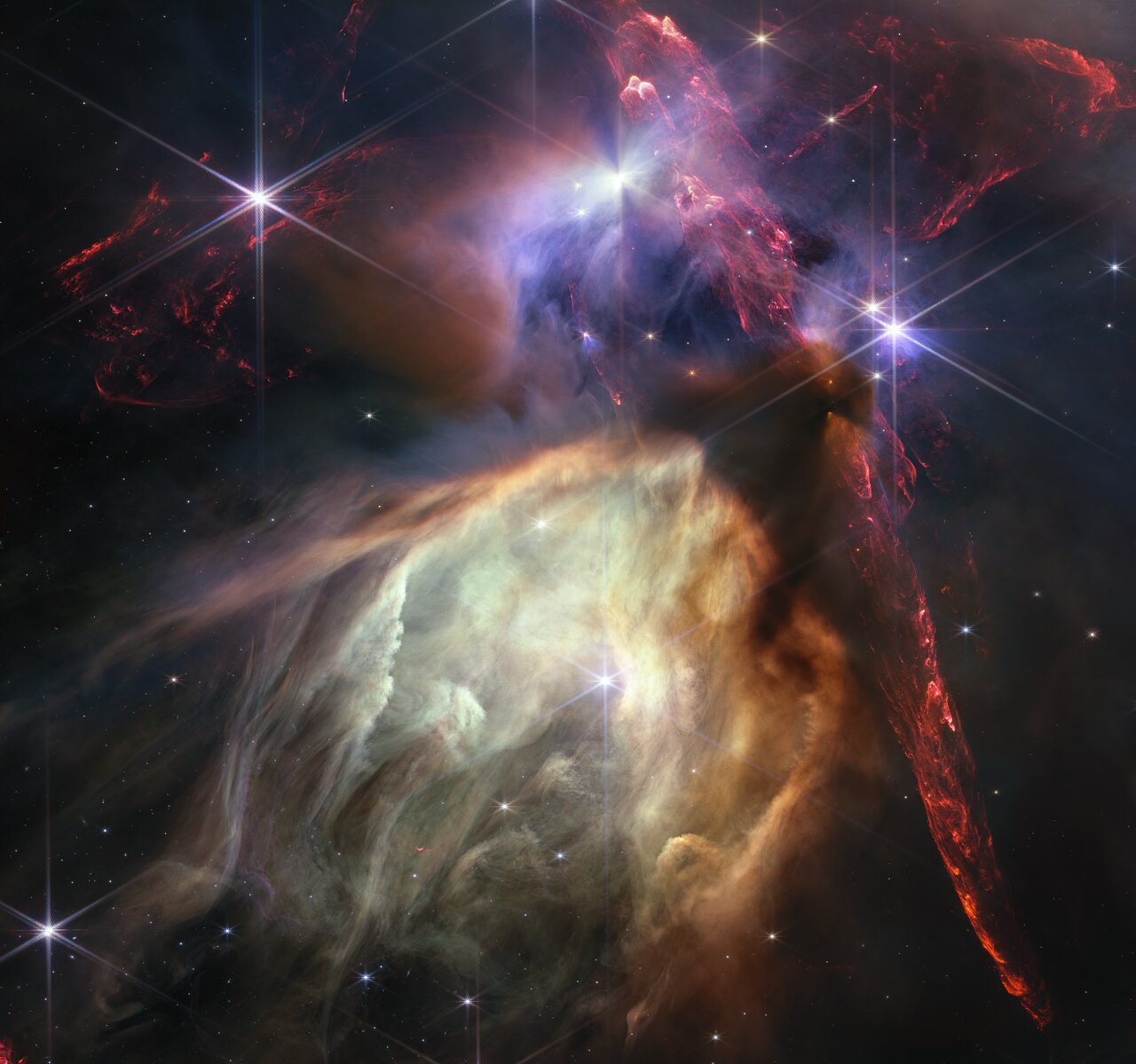A real masterpiece… But if we owe the colors to the image processing, it is indeed a photograph taken by the NIRCam instrument of the james webb telescope ! The latter celebrates the first anniversary of its scientific campaigneven as the publications using its data multiply.
One year and already no one can do without him!
You can find all the resolutions of this beautiful image here
It is quite simply the best and largest space infrared telescope available. Even before it took off or entered service, scientists and science peddlers knew it: each shot taken by the James Webb Telescope would immediately become “the best image ever taken” of a celestial object if it has never been approached closer. A year after the official start of its scientific campaign, the promise has largely been kept! From the planets of the solar system to the most distant galaxies ever detected, including exoplanets, the detection of ancient black holes, galaxy mergers, star clusters, supernovae… The James Webb offers every week ( and almost every day) a veritable festival of splendid images, important research results and advances as much as new mysteries to be unraveled.
Rooh lala, it’s pretty
This “anniversary image” of the telescope is therefore a way to celebrate a productive first year, but also to invite us to dream. It shows Rho Ophiuchi, a complex gas cloud within which stars are born. A nod to the birth of the Webb? It is also the closest to our solar system, only 390 light-years away, and with no stars in the foreground. Its aesthetic value aside (it is both a powerful and very artistic image), this nursery is observed with attention by astrophysicists since about 50 very young stars with a mass equivalent to or slightly less than that of our Sun are in training there. The darkest areas are still protostars, regions of very densely assembled gas that are not yet merging. Hydrogen jets, visible in red, are the first echoes of a star’s birth, like those seen in the upper half of the image. A fleeting moment in the life of a star system…
It’s true, these are not the “real” colors, but…
As a reminder, if an image can be so “beautiful” in our eyes, it has been the subject of very careful processing by the teams of the STScl (Space Telescope Science Institute). Yes, what the James Webb telescope “sees” belongs to the infrared spectrum, so the data must be transcribed so that beyond the scientific data, we can contemplate them, even if that is not what we could see with our own eyes being in front of Rho Ophiuchi. However, this is not a haphazard colorization process, but a real work that combines science and data that appear in different colors. The real artist here is still physics that has forged this landscape. How lucky to be able to contemplate it!
Source : Nasa

3